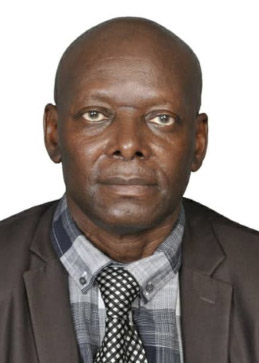A transformational challenge: Making crack-free yttrium hydride

Fabricated yttrium hydride samples are pulled out of the system. Photo: ORNL
Oak Ridge National Laboratory scientists have developed a method to produce solid yttrium hydride for use as a moderator for the Transformational Challenge Reactor (TCR), a 3-MWt additively manufactured microreactor that ORNL aims to demonstrate by 2023. Lacking a commercial supply of the metal hydride, ORNL scientists developed a system to produce yttrium hydride in large quantities and to exacting standards.
The hydrogen density and moderating efficiency of metal hydrides—which combine a rare earth metal with hydrogen—could enable smaller reactor cores that can operate more efficiently and reduce waste products, according to ORNL. The material could be used in other advanced reactor designs, including space power and propulsion systems for NASA, and has been proposed as a shield component for thermalization and neutron absorption in fast-spectrum nuclear reactors.













 The future of nuclear energy is in cogeneration, according to a policy briefing released on October 7 by the United Kingdom’s Royal Society. (The equivalent of the United States’ National Academy of Sciences, the Royal Society, founded in 1660, is the oldest scientific institution in continuous existence.)
The future of nuclear energy is in cogeneration, according to a policy briefing released on October 7 by the United Kingdom’s Royal Society. (The equivalent of the United States’ National Academy of Sciences, the Royal Society, founded in 1660, is the oldest scientific institution in continuous existence.)
